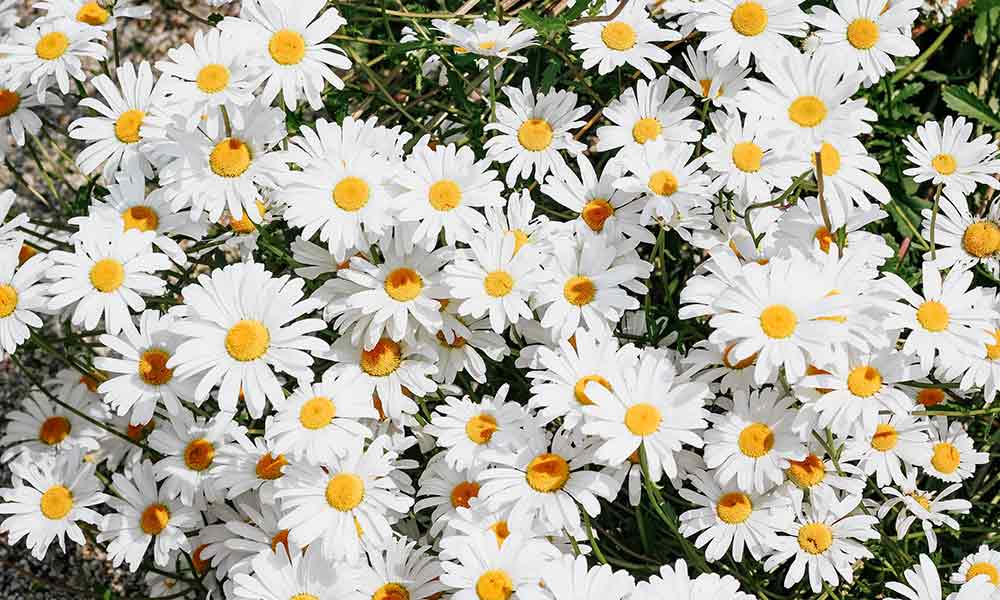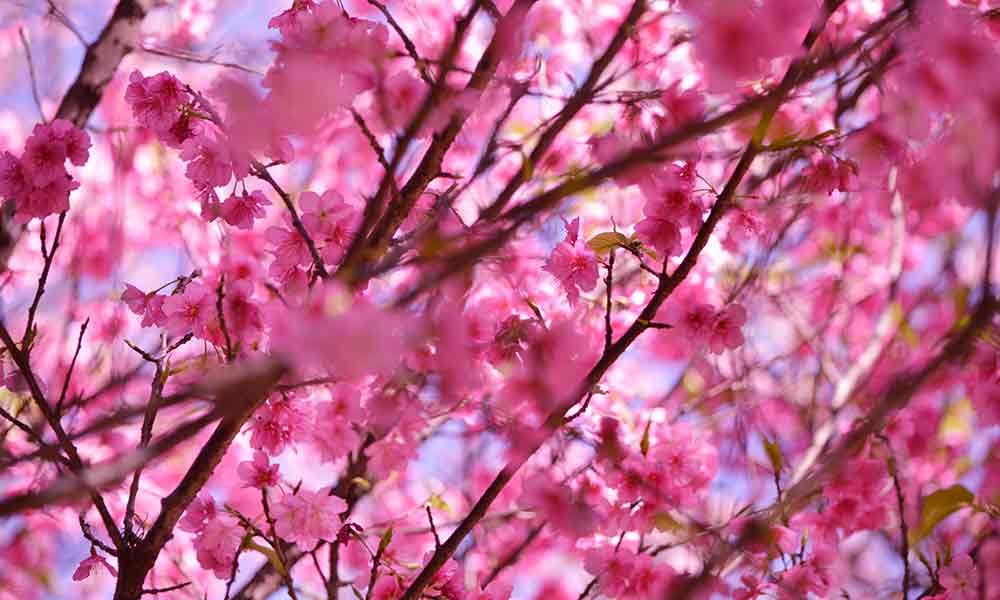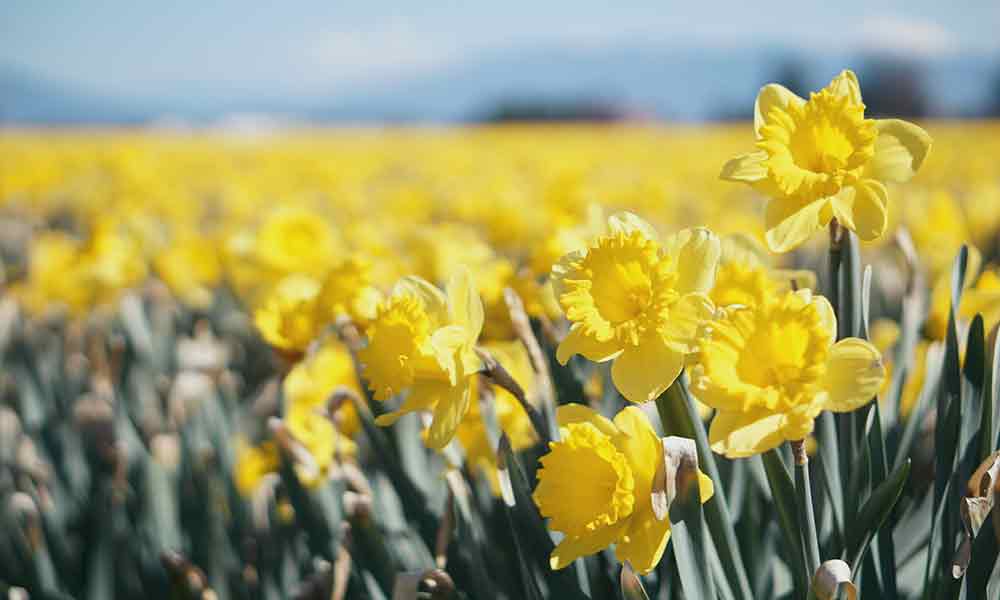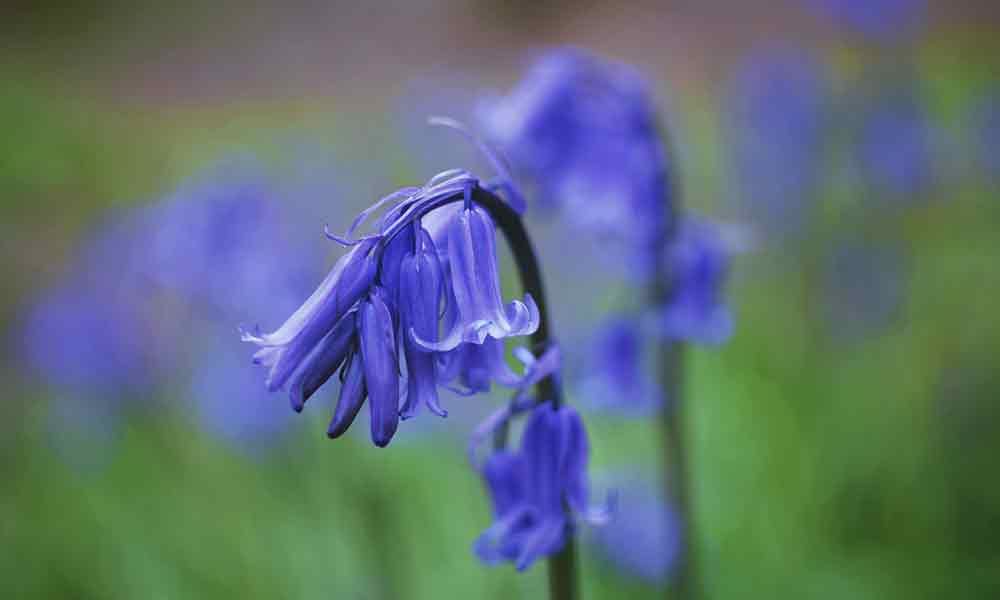The meaning and symbolism of the Aster flower, also known as the Asteraceae, has fascinated people since the beginning of time. So how did this exotic flower get its name? With such a wide variety of antidotes and meanings to the aster flowers, it is no wonder it has become so popular.
The Aster flower’s meaning and symbolism derive its name and mythology from the Greek language. The word Astro, meaning STAR, describes this striking flower that we now find in various colors, symbolizing love, wisdom, faith, courage, hope, and patience.
Though the Aster flower bears a resemblance to a star and comes in many diverse shapes and sizes, it is an amalgamation of much smaller tubular or clustered flowers which form one grander flower. Its story is rich in connotation and symbolisms with various uses and significances.
Where Did The Aster Flower Get Its Name?
This perennial flower resembles a daisy, more often found growing wild on the side of the road or in fields in the wilderness; it has also grown popular with many modern-day gardeners, spicing up their gardens by adding meaning and mythology to their sanctuaries.
Although the Aster flower resembles the daisy with its ray-like petals encompassing a yellow centered disk, it is related to the genus of the marigold and sunflower species.
The story of the Aster flower is one based deep in cultural and mythology history. There are diverse stories based on different cultures and beliefs.
The Greek Mythology Of The Aster Flowers
As told in Greek mythology, one of such stories was said to be that the hostility on earth angered the Greek God Jupiter during the Iron Age, so to remedy this, he flooded the lands.
The Goddess Astraea was so upset by the destruction that she asked to be made into a star. From her place among the stars, she looked down to earth and was saddened by what she saw. As her tears fell to earth, each droplet blossomed into starflowers known today as Asters, named after the Goddess.
Aster Flowers In Cherokee Legend
Another tale, as told by the Cherokee legend, was of two young maidens, one wore a blue skin dress with delicate fringes, and the other wore a bright yellow-colored skin.
The fighting of two tribes broke out over hunting grounds. Hence, the two maidens fled their valley to seek safety and avoid the destruction of their village. They sought refuge with the Herb woman in another valley, but the older woman saw their future in a vision of how they would be hunted and killed. Saving them from their bleak futures, she cast a spell that turned them into a beautiful Aster flower.
The two maidens depict each a part of the flower, the delicate blue fringed petals, and the brightly colored yellow center of the flower.
What Do the Different Cultures Say About Asters?
Each culture has its own eloquent story and tonic for the Aster flower.
- Germany and England. These two countries believe that these flowers hold magical powers, so seeing any component of this flower used in tonics and teas is not unusual.
- France. These flowers are often positioned at the burial place of fallen soldiers; it expressed the wish that the outcome had had a different result.
- Chinese. The Chinese believe it is a medicinal herb to treat various ailments from hangovers, epilepsy, hemorrhages, and malaria. They also believed it aided digestion and increased blood circulation.
- Ancient Greeks. The Greeks scorched the leaves as a way to release a perfume that was believed to ward off wicked spirits and serpents. They made ointments out of the flowers to treat dog bites.
- Holistically. Many people use it to cure various respiratory ailments such as coughing, lung deficiencies, asthma, and decongestant. It’s also been known to be used for relaxation.
Do Asters Come In Different Colors?
The Aster flower can be found in various colors, as with many other flowers. The many colors play a significant role in the meaning and symbolism, hence why so many of these flowers are used at home, in the garden, as decorations, and in flower arrangements.
Though the Aster flower bears a resemblance to a star and comes in many diverse shapes and sizes, it is an amalgamation of much smaller tubular or clustered flowers which form one grander flower.
Being an uncomplicated and easy flower to cultivate regardless of its surroundings makes the Aster flower a prevalent choice with many individuals, either by adding lusciousness and charm to your garden or gifting them to someone special to depict a special meaning, or even using them holistically.
The Aster flowers can be found growing in ordinary to harsh environments, growing in sub-tropic weather, or finding them in dessert-like conditions.
Aster flowers are loved for their simple look. They can easily last up to three weeks in a vase, making them a favorable flower to utilize in decorative flower arrangements. Aster flowers generally bloom in the fall season, bringing a kaleidoscope of color to gardens at a time when everything around them turns to rich autumn shades.
Below are the primary colors the Aster flowers can be found in, although you may find each color in an array of hues.
- White– purity, innocence, spirituality, hope, and faith
The aster flower symbolizes hope as autumn falls from the famous poem “A Late Walk” by Robert Frost. It is the last sign of life seen among withered and dries foliage.
- Pink– love, fidelity, and sensitivity
It is believed that planting these in your garden will help attack love.
- Purple– loyalty, wisdom, patience, and royalty
Purple is also the most common of colors.
Regarded as the 20th wedding anniversary flower.
It symbolizes the couple’s traits and partnership that spanned the two decades.
- Red– undying devotion, love, and passion
These flowers send out a strong message of love and passion
It is connected to the matters of the heart.
- Blue– stability, and depth
Its connection to the sky and water shows the everlasting stability of things, the vastness, and the depth of its stance.
Aster Flowers As A Talisman
The Aster flower would be a thoughtful gift for anyone born in September. This flower is represented as the birth flower of September. As a talisman, the Aster flower symbolizes hope and faith and that the year ahead will be filled with joy and happiness.
Also, the Aster flower makes a perfect gift for couples celebrating their 20th wedding anniversary. With its various colors, a bouquet could give the message of undying devotion, love, and loyalty, with the promise of stability for the years still to come.
Aster Flowers could also be utilized as a gesture of remembrance for lost family and friends, placing a bouquet at their gravestone to represent a desire for a different outcome.
Some cultures believe that hanging dried Aster flowers in their homes brings good luck and protects them from undesirable spirits.
What Is The Meaning Of An Aster Tattoo?
With the Aster being the birth flower of people born in September, it is not unusual to have this symbol eternalized in ink. Depending on the artistic interpretation and execution of the artwork, it may symbolize elegance, grace, and patience.
Conclusion
Aster flowers have dated back thousands of years with their roots, “excuse the pun” set opulently in past times and folklore. Its meaning and symbolism lend a sense of enchantment and magic to its origins.
Its splendor and uniqueness will undoubtedly inspire its popularity and inspiration for seeking meaning and symbolism in gifts that we offer to friends and loved ones or immortalizing its splendor and meaning through art.





